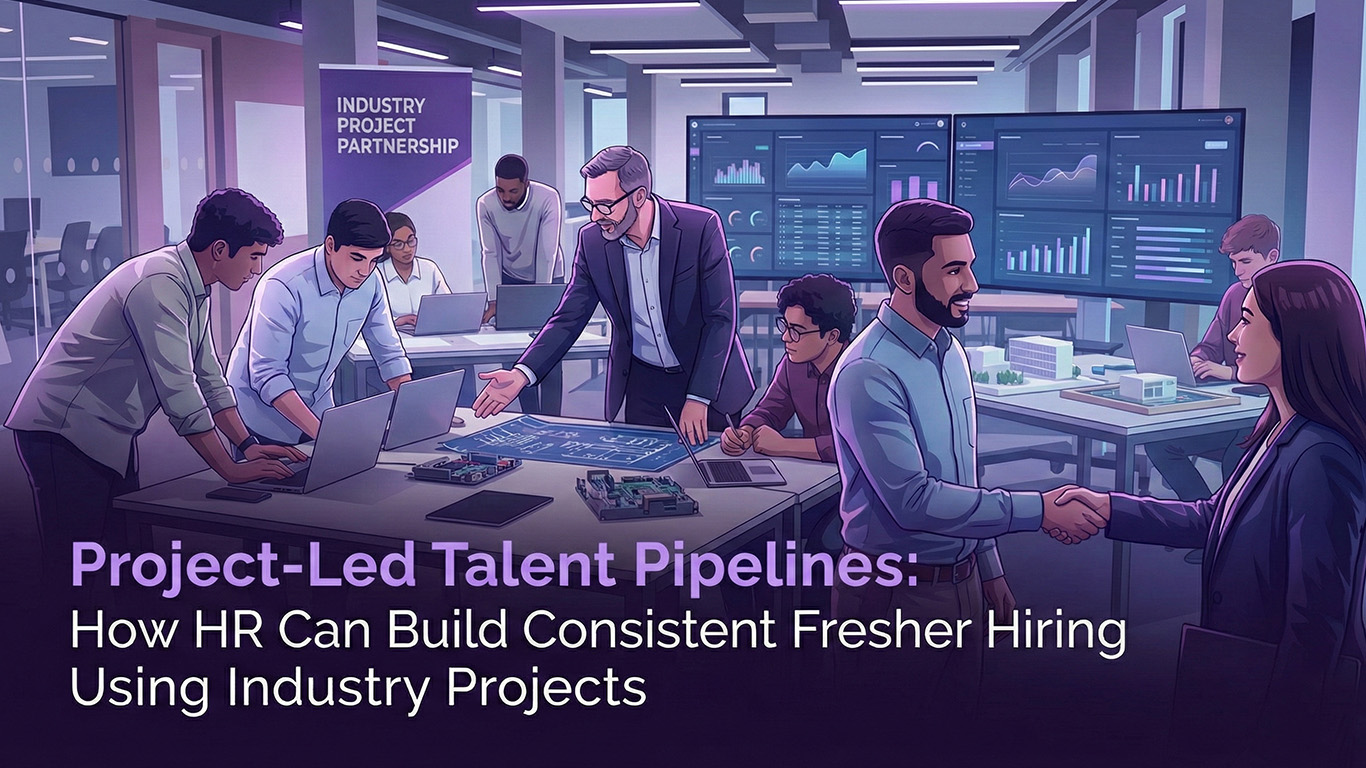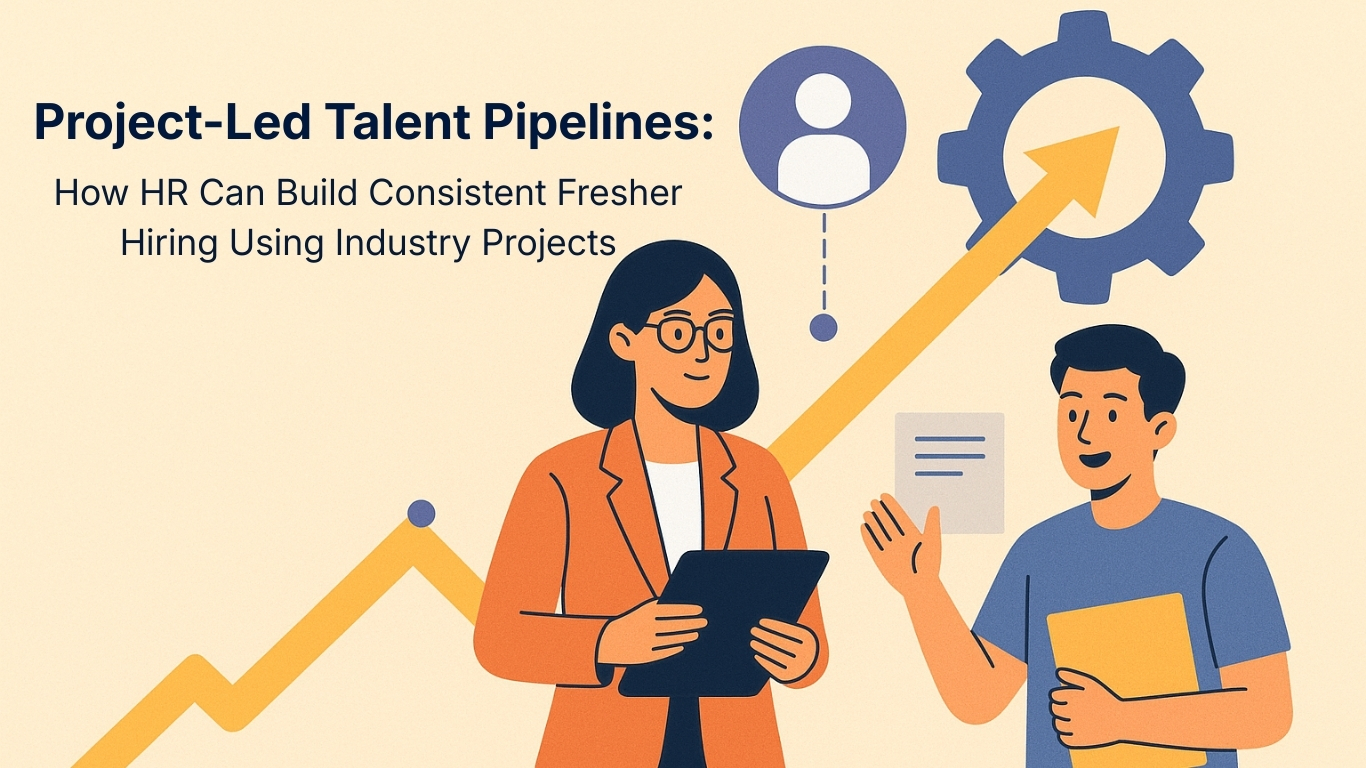The final year of college is a turning point. Students begin to feel the pressure of transitioning into professional life. A job hunt plan is essential to manage this transition effectively. Without a clear job hunt plan, students may feel lost, overwhelmed, or miss out on opportunities. Creating a structured job hunt plan not only saves time but also builds confidence and increases the chances of landing the right role.
Let’s walk through a detailed roadmap to help final-year students prepare for their career journey.
Self-Assessment: Know Your Strengths and Interests
Before you jump into applications, pause and reflect. What are you truly passionate about? Is it coding, designing, marketing, research, or something else?
Knowing your interests helps you target roles that align with your personality. Use career assessment tools to discover suitable paths. Talk to mentors or seniors. They can offer valuable insights based on experience.
Also, consider your strengths—technical skills, communication abilities, leadership, or creativity. Identifying these early will help you create a resume and prepare for interviews with clarity.
Resume & LinkedIn Optimization
Your resume is your first impression. Make sure it tells your story in a way that highlights your experience and value.
Focus on academic achievements, certifications, live projects, and internships. Use action verbs and measurable outcomes. Tailor each resume based on the job you’re applying for.
Parallelly, build and update your LinkedIn profile. A well-optimized LinkedIn with a clear headline, summary, and featured work increases visibility. Many recruiters now search candidates directly through LinkedIn.
Gain Hands-On Experience through Projects
Theoretical knowledge is not enough today. Employers want proof that you can apply what you’ve learned.
This is where hands-on projects help. Live projects show your ability to solve real-world problems. They strengthen your resume and portfolio.
Platforms like Qollabb connect students with real companies offering live project work. These experiences also improve soft skills and teamwork.
Build a Strong Online Presence
In today’s digital world, your online presence matters. Share your achievements, thoughts, and work samples on LinkedIn or relevant platforms.
If you’re a coder, maintain a GitHub portfolio. Designers can use Behance or Dribbble. Writers can maintain personal blogs.
This helps recruiters evaluate your skills quickly. A strong digital footprint reflects seriousness and authenticity.
Practice Interview Skills
You’ve applied. Now be ready to present yourself well.
Practice common HR questions like “Tell me about yourself” or “What are your strengths?” Practice technical questions based on your field.
Use mock interview platforms or request seniors to conduct mock sessions. Learn how to answer confidently and structure your responses.
Also, prepare a 30-second elevator pitch. It should briefly cover your background, interests, and what you’re looking for.
Network Strategically
Networking isn’t just for working professionals. Students can benefit immensely too.
Start by talking to alumni, seniors, or professionals on LinkedIn. Ask genuine questions. Express interest in learning.
Attend campus placements, online webinars, and workshops. Don’t be afraid to ask for job or internship referrals.
A single conversation can open up unexpected doors.
Apply Consistently, Not Randomly
Don’t just apply everywhere without a plan.
Create a tracker to monitor job applications, response rates, follow-up emails, and interview rounds. Use Excel or free CRM tools.
Read job descriptions carefully. Then, tailor your resume and cover letter for each application. Highlight keywords used in the job post.
Being focused improves your chances of selection.
Upskill and Certify
If you’re eyeing a job in data science, UI/UX, marketing, or cloud computing, make sure you’re equipped.
If you lack a few tools or technologies, take free or low-cost courses. Coursera, LinkedIn Learning, and Google Certificates offer credible options.
Certifications show initiative. They also make your resume stand out.
Stay Motivated and Organized
Job hunting can take weeks or even months. Don’t lose hope.
Set daily or weekly goals. For example, apply to 10 roles a week, or attend 2 webinars. Keep a routine.
Celebrate small wins: receiving a reply, clearing a test, or getting shortlisted. Avoid comparing yourself to peers.
Your journey is unique, and the right opportunity will come with persistence.
Use Platforms Like Qollabb to Find Opportunities
Qollabb offers more than just jobs. It’s built for students looking for real experience.
Find internships, industry projects, and fresher jobs all in one place. These opportunities are tailored to help you build portfolios and showcase your work to employers.
You can also get certified, mentored, and tracked on performance. It’s a student-first platform where your learning turns into employability.
Conclusion
The job market is evolving. And so should your approach.
By creating a structured job hunt plan, you reduce stress, improve outcomes, and walk confidently toward your career goals.
Start today. Take small steps each day. Use platforms like Qollabb, stay consistent, and believe in your growth.
Your career begins not after graduation—but with the very first project you commit to.





